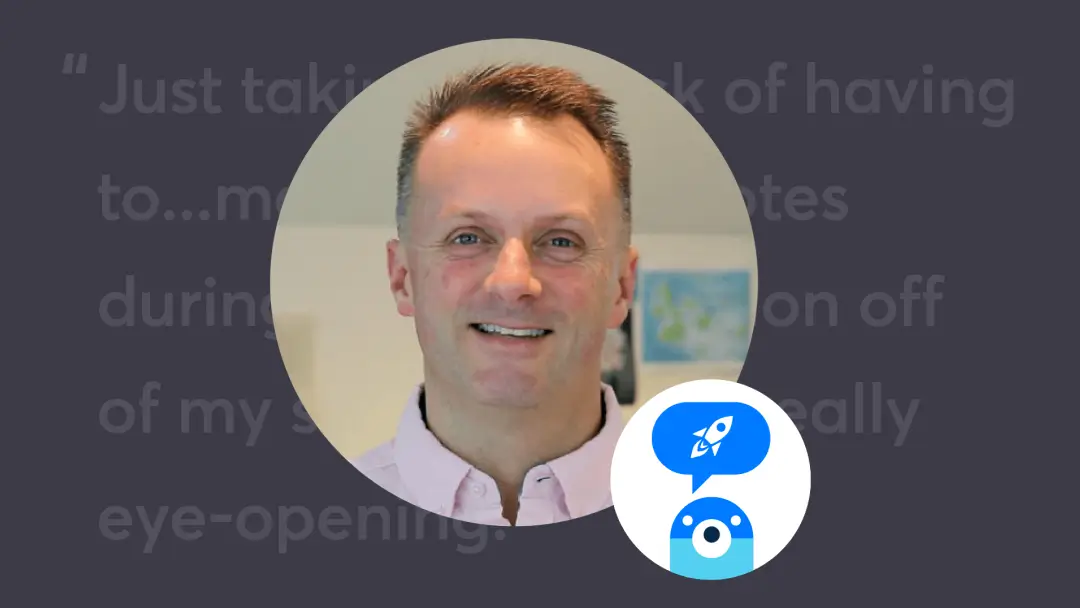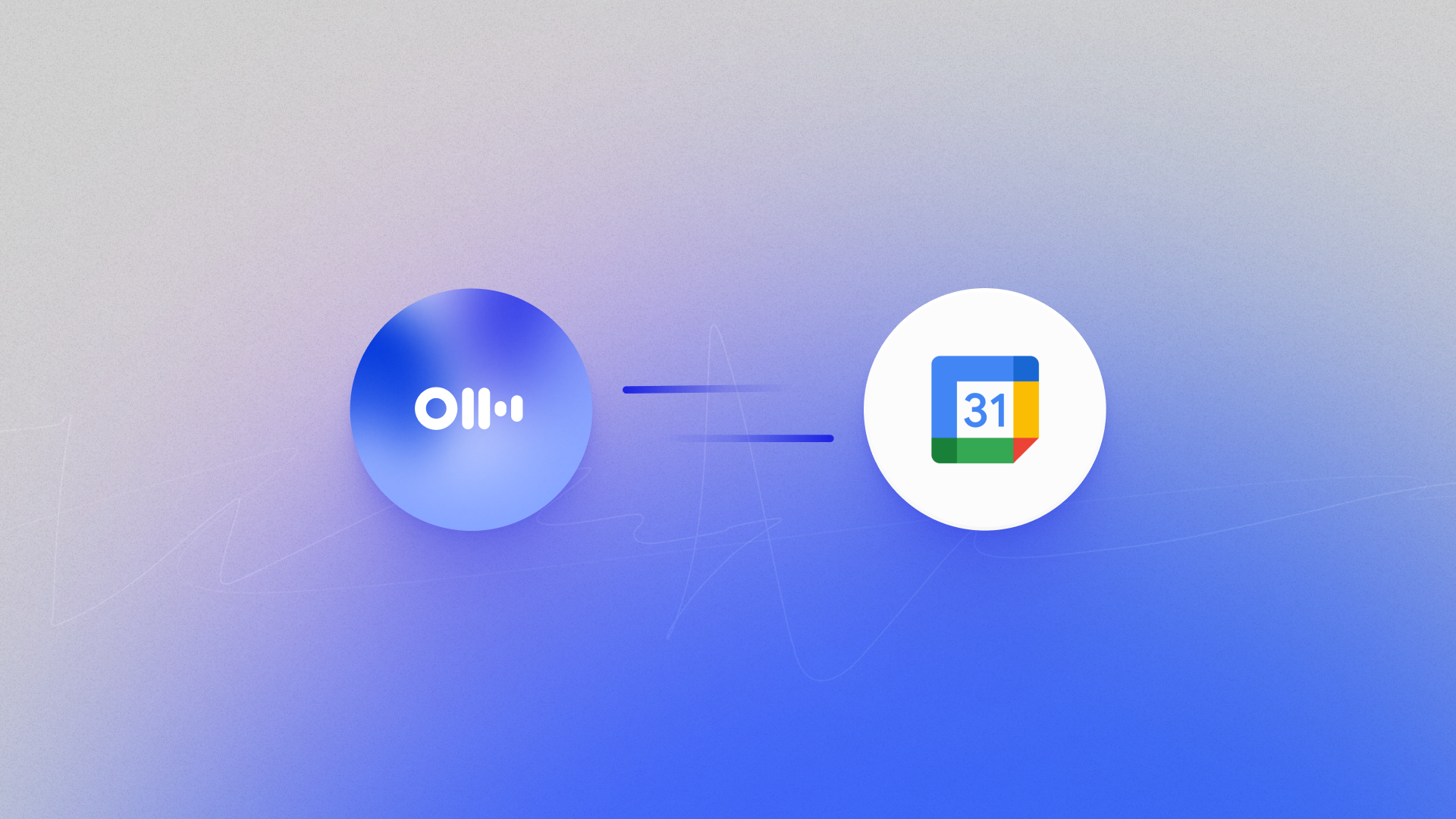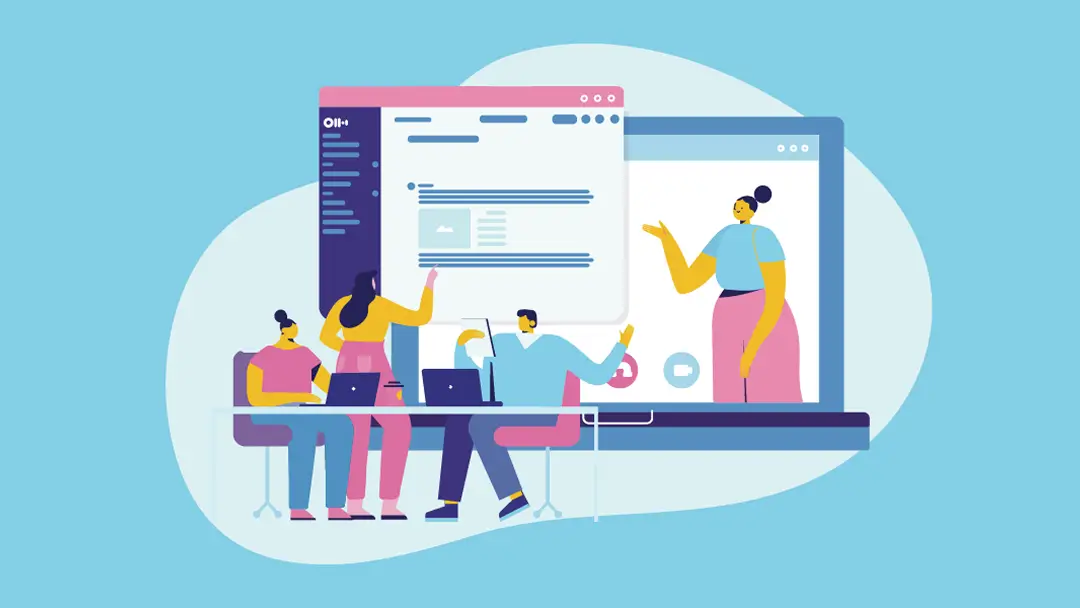Why It's Important to Rethink How to Manage your Energy — and Your Meetings
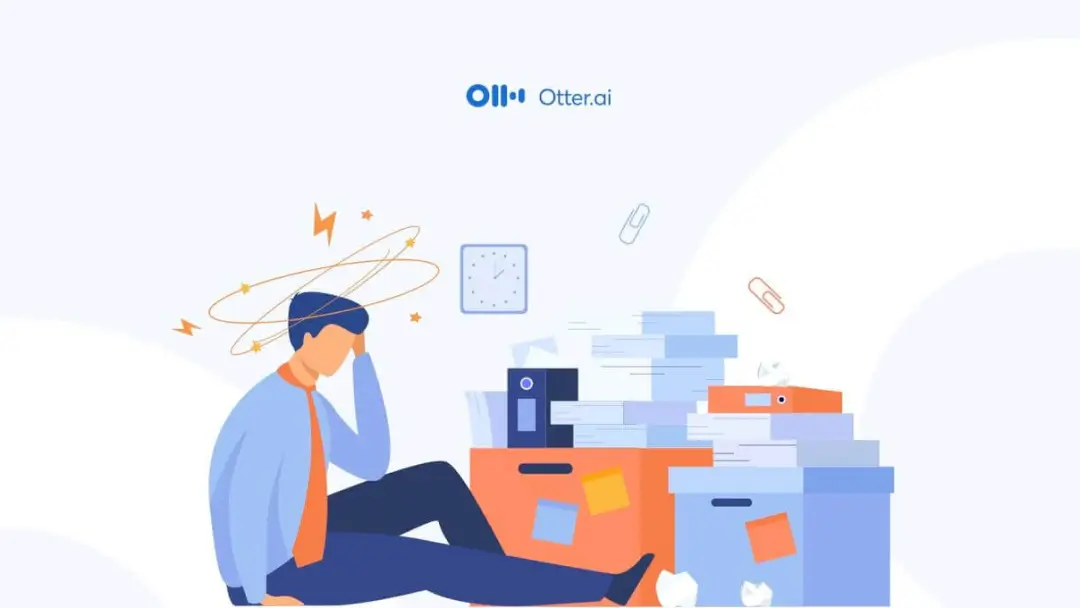
Summer is winding down, and for most of us, that means the end of vacations and a refocus on work. This year, we’re in an environment that is still far from normal. Whether your company is staying fully remote or going back into the office, you and your teams will likely face new challenges this fall. One challenge from the pandemic we have yet to solve: Our schedules have become even more hectic, and we’re facing increasing burnout as individuals and teams.
Wanting to learn more about how people are feeling going back to work and how we can better manage our energy with our jam-packed calendars, Otter.ai commissioned The Harris Poll to conduct an online survey among over 1,000 employed Americans and partnered with Zoë Aston, psychotherapist and author of Your Mental Health Workout: A 5 Week Programme to a Healthier, Happier Mind, to uncover how back-to-back meetings affect people and what leaders can do to empower and energize their teams.
Employees need a break from back-to-back meetings
According to the poll, we weren’t surprised to find that 71 percent of employed Americans would rather visit the dentist for a teeth cleaning than attend hours of back-to-back virtual work meetings. In today's “new normal,” employees say they're more willing to do something many people often dread if it means taking a break from back-to-back virtual meetings.

“During our unexpected shift to remote work, companies have tried to create the same office community with back-to-back meetings,” Zoë explains. “But before the pandemic, we had coworkers around us to boost our energy, confidence and creativity. We eventually had to adapt to a new life of remote work, and now our environment is shifting again with hybrid work schedules. Change is healthy but can be overwhelming and draining. Sitting on one video call after another often depletes your energy.”
The importance of boosting your energy at work
Many employed Americans said they feel distracted (19%), low on energy (34%), and stressed (32%) by back-to-back meetings. That’s a whopping 85 percent of people who could be getting more out of their meetings.

“Energy levels are a big challenge for companies right now,” Zoë affirms. “While helping companies navigate mental health with their teams during the pandemic, I’ve found it’s more about managing your energy—rather than the work itself—to avoid burnout. I often suggest that people focus on their reaction to what’s happening, rather than on what’s happening itself. You can’t change your company’s policy on remote or hybrid work, but you can understand how to look after yourself during times of uncertainty. You can work with your manager to better understand your needs at work – which may have changed during the pandemic, and set clear schedules and boundaries. With practice, you’ll start to notice how your energy fluctuates and be able to take action and use the right tools to help manage your time.”
Having an “off” day at work is common—using digital tools can help
40 percent of employed Americans say they have an “off” day, or aren’t at their peak performance, at work at least once per week. Whether distracted by personal commitments or global events, the struggle to do your best every day can lead to burnout.

“Our energy goes into our reactions i.e. our feelings, and we’re feeling a lot these days—fear, anxiety and even excitement of the unknown,” Zoë explains. “I’m a firm believer that burnout at work is often driven by our sense of identity and how ‘good’ or ‘not good’ enough we feel about ourselves and what we are doing. Actively working on your self-esteem can support you to understand what your workplace needs are and how to get them met. For example, when your energy is low and you feel that participating in a meeting will be difficult, give yourself permission to contribute in other ways, such as adding your ideas to written meeting notes. In the future, I hope to see companies embrace digital tools to help accommodate everyone’s mental health in the same way we do physical health.”
Tips for managing your meetings
As we gear up for fall and transition into what might be new work environments, we’re excited to help reshape how teams meet and collaborate and empower leaders to build more supportive work environments. Are you looking for a way to give your team back time to regroup and refocus? Otter.ai can support your team’s selfcare with effortless note-taking that accommodates everyone’s needs. Use Otter Assistant to join meetings across platforms—Zoom, Microsoft Teams, Google Meet, and Cisco Webex—and collaborate in a way that works best for them.
Survey Methodology:
This survey was conducted online within the United States by The Harris Poll on behalf of Otter.ai from August 19 - 23, 2021 among 1,018 employed adults ages 18 and older. This online survey is not based on a probability sample and therefore no estimate of theoretical sampling error can be calculated. For complete survey methodology, including weighting variables and subgroup sample sizes, please contact otter@cutline.com.




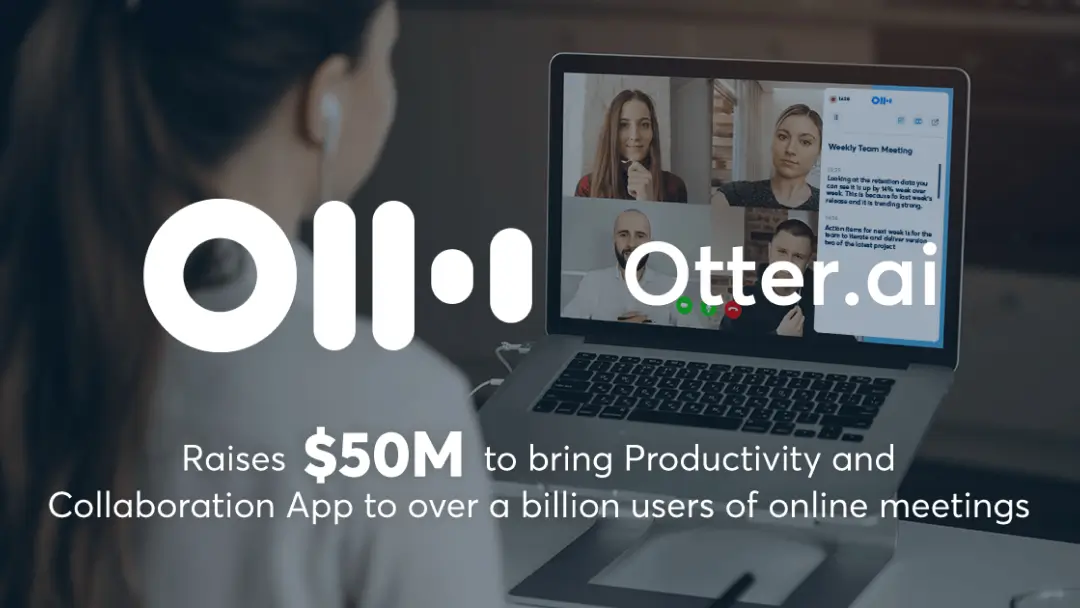


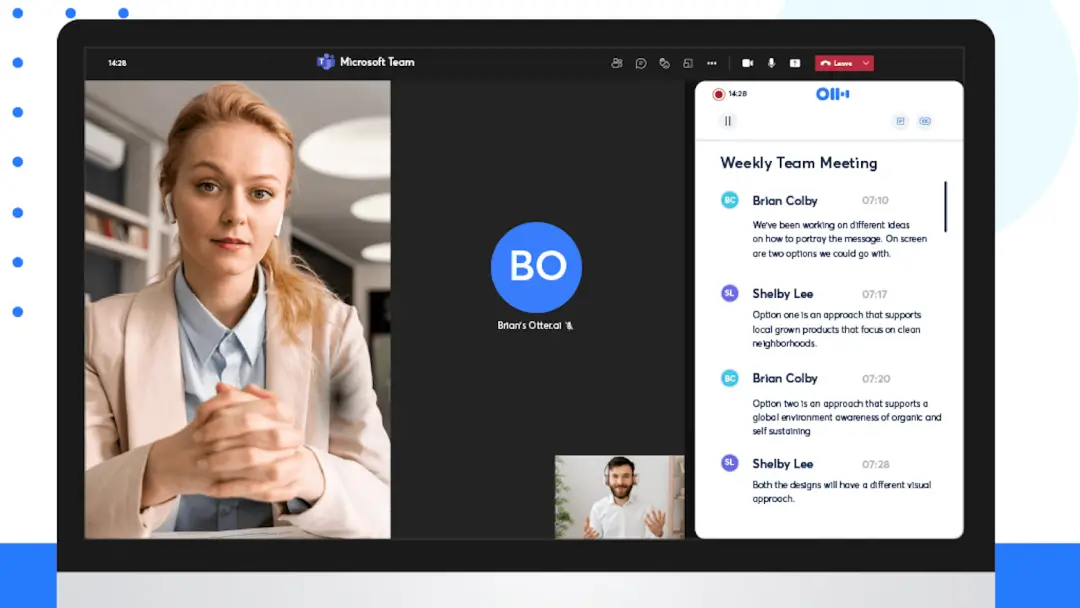

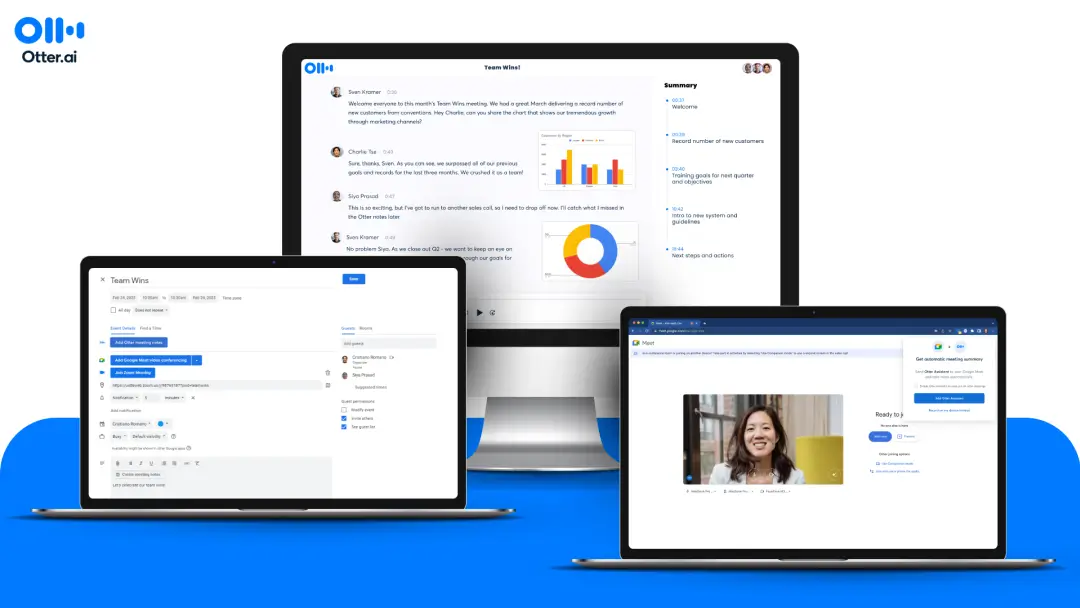

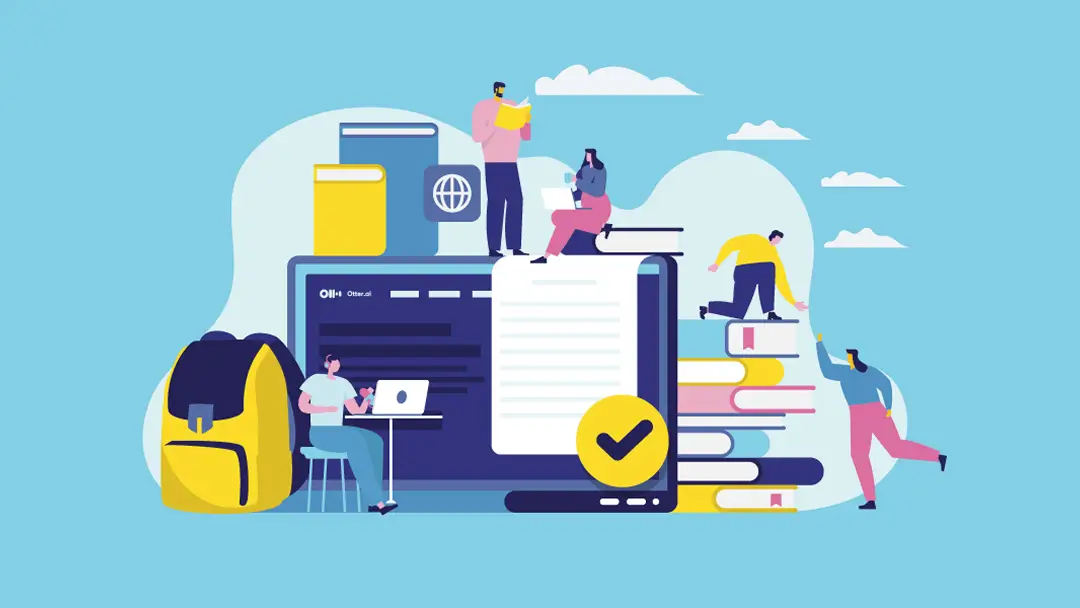
.png)

